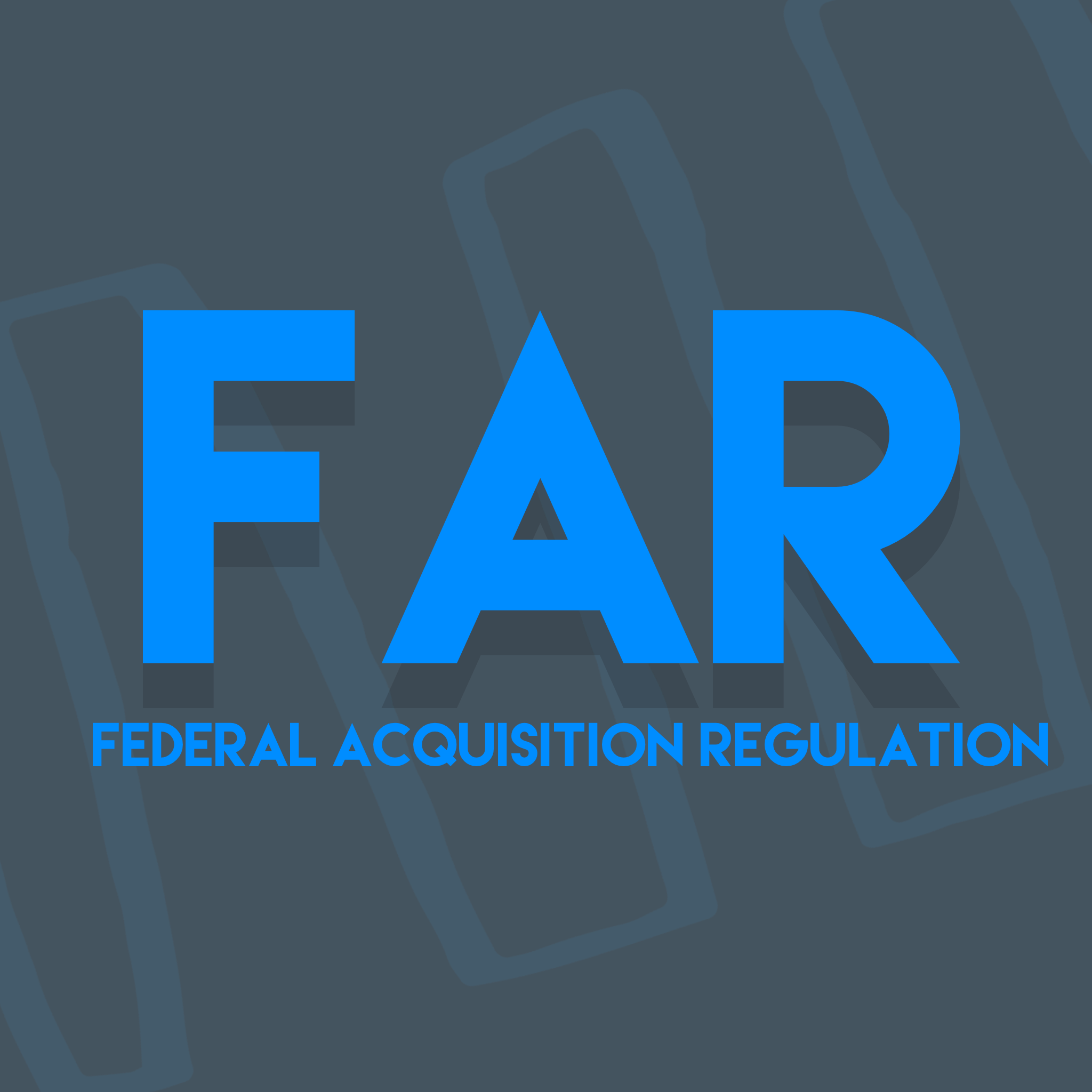The Federal Acquisition Regulation (FAR) is the primary regulation for use by all executive agencies in their acquisition of supplies and services with appropriated funds. It became effective in 1984 to govern the policies and procedures for contracts to sell goods or provide services to the federal government. It was created with the intention of having a comprehensive set of rules for agencies across the executive branch, but over time agencies have created supplements to the FAR, adding their own specifications.
What Agencies are Subject to FAR?
FAR generally applies to executive branch agencies. Legislative and judicial branch agencies are not subject to FAR, but many of them adopt FAR policies. For example, the Library of Congress is a legislative branch agency that has adopted FAR for the majority of its contractor relationships.
What Purchases are Subject to FAR?
Generally, the FAR applies to transactions involving the purchase of supplies or services that are paid from the U.S. Treasury on behalf of an executive agency. Under the statute, “supplies” means all property other than land, which gives broad applicability to the FAR. For example, most government defense contracts are subject to FAR because the Department of Defense is an executive agency purchasing supplies, such as aircrafts, from a private company. Construction contracts also fall under the services contracts subject to the FAR if an executive agency hires a company to build or renovate its offices.
What Transactions are not Under FAR?
There are a few exceptions to FAR’s applicability. For example, the lease or sale of property by an executive agency from a private individual or entity is not subject to FAR. There are some transactions exempt from FAR when Congress specifically designates that transaction as such by authorizing a government entity to acquire goods or services notwithstanding any other provision of law.
How Do Courts Interpret FAR Provisions?
Courts typically determine the enforceability of FAR provisions in contracts based on two things: (1) whether Congress has already directly addressed the issue within the statute itself and (2) whether the agency’s reasonable interpretation of the statute consistent with the purposes of the statute. Through this analysis, the Court determines which interpretation stands.








